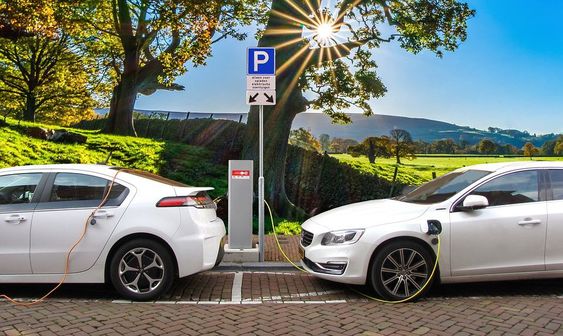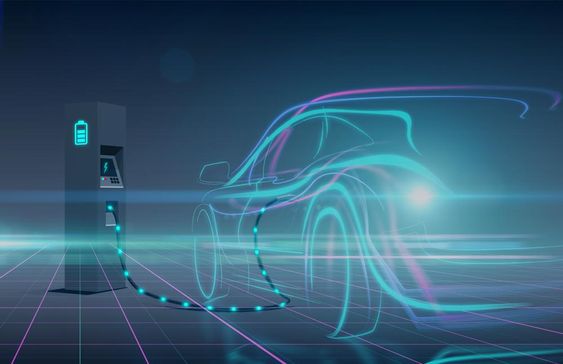Introduction:
Electric vehicles (EVs) are rapidly gaining popularity as a sustainable alternative to traditional gasoline-powered cars. This surge in adoption is driven by a growing awareness of the environmental impact of fossil fuels and the desire to reduce our carbon footprint. While EVs offer a cleaner and more efficient mode of transportation, their impact on the environment is a complex issue with both positive and negative aspects. This article delves into the multifaceted relationship between electric cars and the environment, exploring the benefits, challenges, and considerations surrounding their widespread adoption.

Reduced Emissions and Air Quality:
One of the most significant advantages of EVs is their ability to significantly reduce greenhouse gas emissions. Unlike gasoline-powered cars, EVs do not produce tailpipe emissions, eliminating the release of harmful pollutants such as carbon dioxide, nitrogen oxides, and particulate matter. This reduction in emissions contributes to cleaner air quality, particularly in urban areas where traffic congestion is prevalent. Studies have shown that widespread EV adoption can lead to a substantial decrease in air pollution, resulting in improved public health and reduced respiratory illnesses.
Renewable Energy Integration:
The environmental impact of EVs is directly linked to the source of electricity used to charge them. When charged using renewable energy sources like solar, wind, or hydropower, EVs become a truly sustainable transportation option. The integration of renewable energy into the electric grid reduces reliance on fossil fuels and further diminishes the carbon footprint of EVs. However, the availability and accessibility of renewable energy sources vary geographically, and reliance on non-renewable energy sources for charging can negate the environmental benefits of EVs.
Battery Production and Disposal:
While EVs offer significant advantages in terms of tailpipe emissions, their production and disposal present environmental challenges. The manufacturing of EV batteries requires significant resources, including lithium, cobalt, and nickel, which are often extracted through environmentally damaging mining practices. Furthermore, the disposal of EV batteries poses a potential environmental hazard due to the presence of heavy metals and toxic materials. Responsible battery recycling and sustainable mining practices are crucial to mitigate these environmental concerns.
Conclusion:
The impact of electric cars on the environment is a complex and evolving issue. While EVs offer significant advantages in terms of reduced emissions and air quality, their production, battery disposal, and reliance on the electric grid present challenges. The environmental sustainability of EVs ultimately depends on the adoption of renewable energy sources, responsible battery management, and continuous innovation in battery technology. As the EV industry continues to mature, addressing these challenges will be crucial to ensuring that electric cars truly contribute to a cleaner and more sustainable future.





